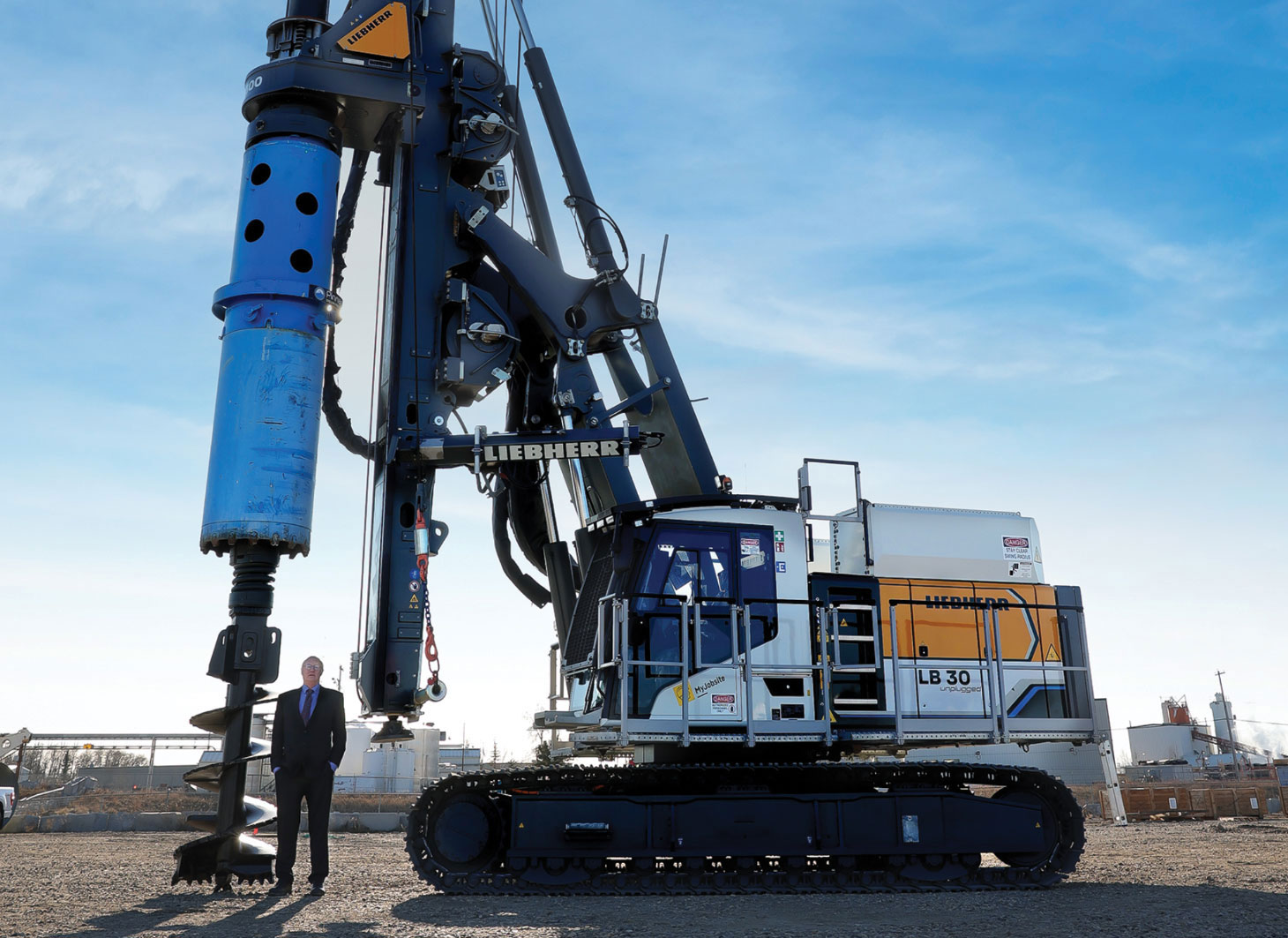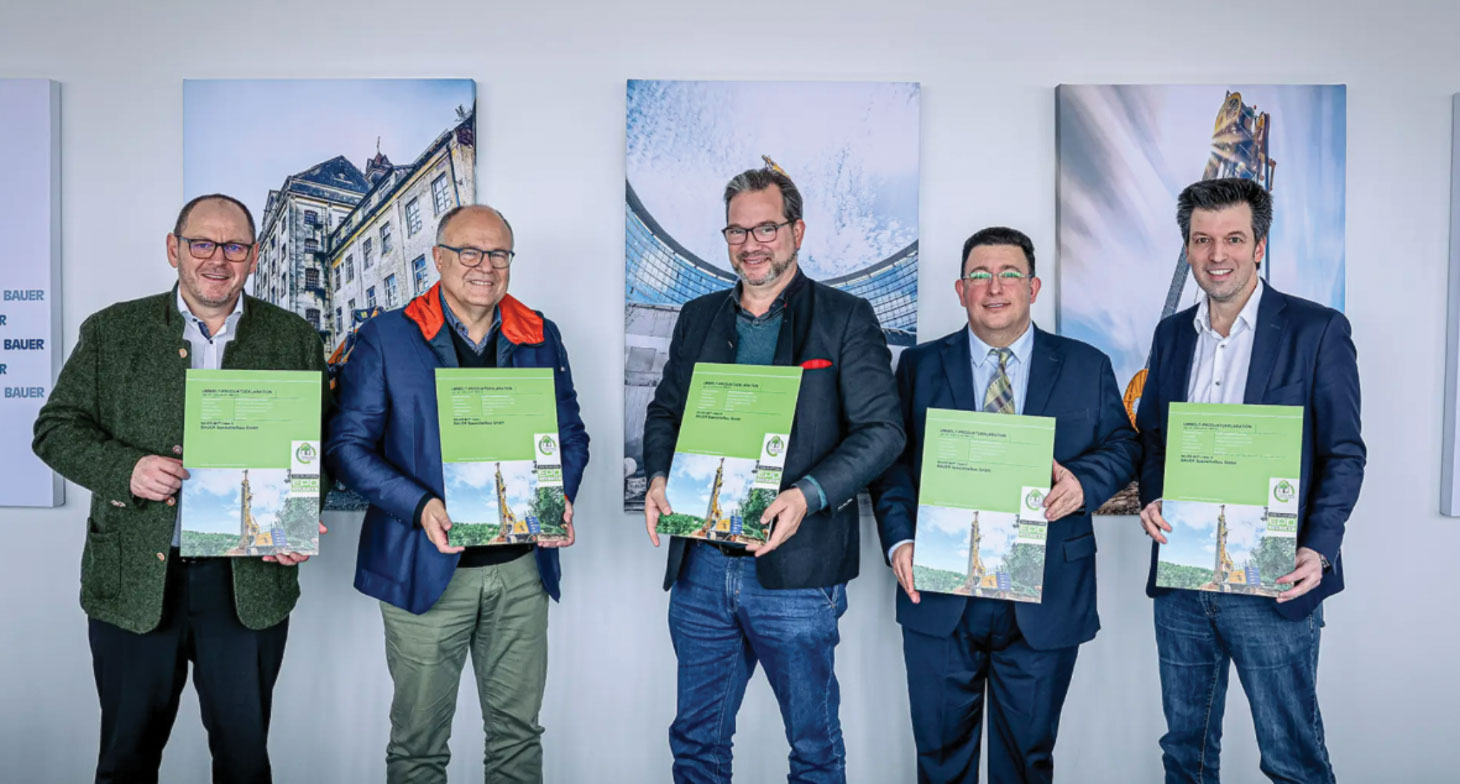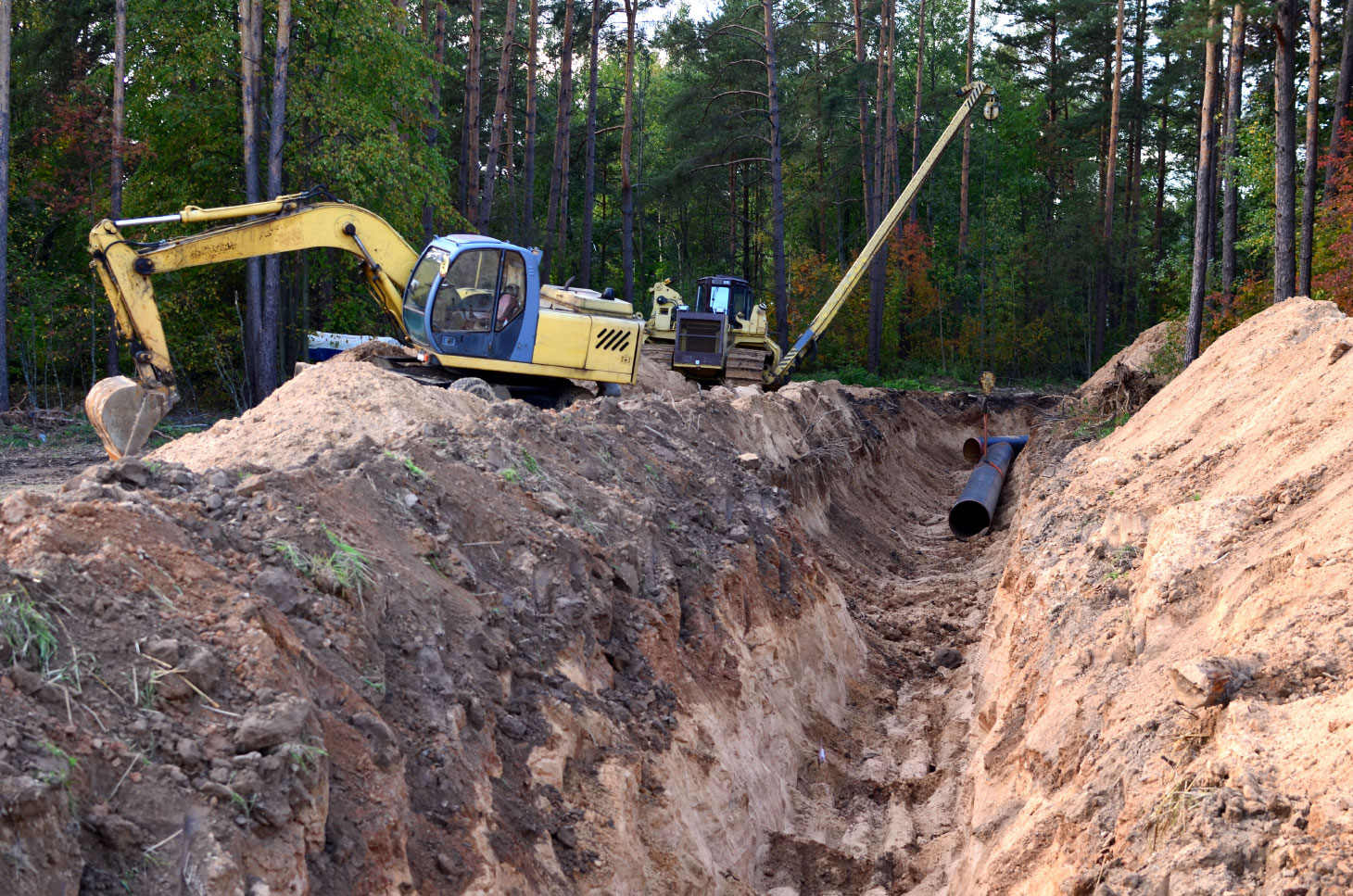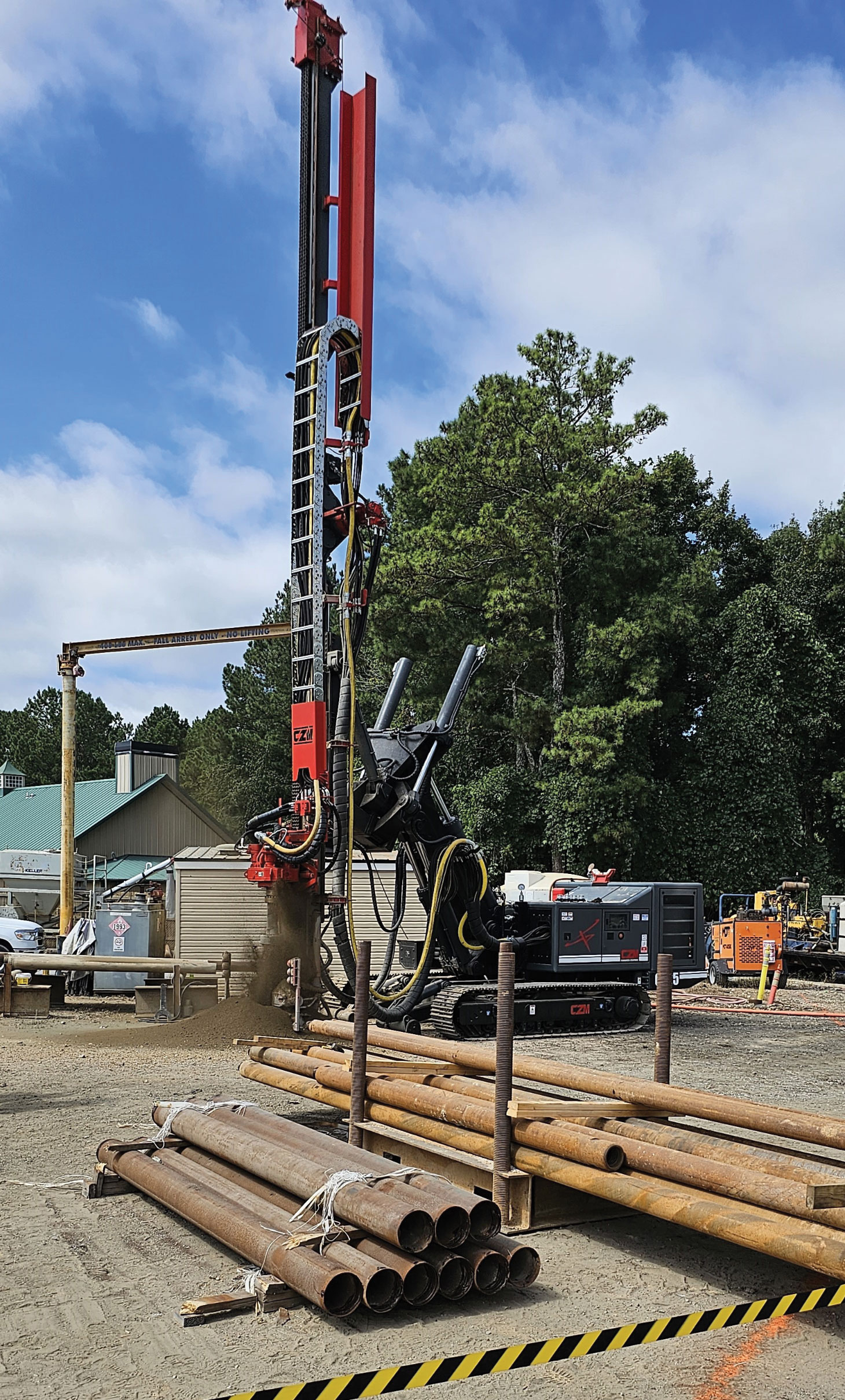
From Historic Foundations to Modern Marvels
Nick Ainis is an experienced construction professional renowned for his expertise and achievements in the field. Holding a bachelor of technology degree in architectural science and project management from Ryerson University, Ainis has more than two decades of hands-on experience in delivering top-notch construction projects punctually and within budget constraints. His specialization lies in effectively overseeing high-rise residential developments, earning him a well-deserved reputation as one of the industry’s premier project managers.
Among his notable contributions are his pivotal roles in landmark projects such as the Carmelina Condos and The Ed Mirvish Theatre in Toronto, Ont. Particularly noteworthy is his involvement in Pantages Tower, a prestigious 45-storey luxury hotel-condo complex adjacent to Toronto’s historic Pantages Theatre.
His most recent project was the book Building Toronto’s Skyline, which chronicles the transformation of the city’s renowned residential skyscrapers, spanning from their modest origins in the late 1800s to the contemporary, towering structures of present times.
Piling Canada: What are some of the key materials and construction techniques that were used in the early low-rise apartments in Toronto during the late 19th century, and how did they contribute to the city’s urban development?
Nick Ainis: Military barracks and boarding houses were the 19th century precursors to Toronto condominiums, offering both communal living and private spaces. The boarding house tended to be a brick-and-mortar single-detached dwelling converted to house several tenants. They often offered extra services such as cleaning and laundry. They also provided a glimpse at what condominiums would become in the future. Barracks had less of an impact on future condos, except in their simplicity of design. Many early apartment buildings resemble these long structures. One limestone barracks half a mile west of Fort York built in 1840 still stands today. What these types of dwellings opened the door to is the possibility for people to relocate to big cities away from their families. Communal living involved getting to know other boarders and interact to avoid social anxiety, not unlike living in a modern condominium.
Toronto’s first apartment building, Saint George Mansions, was authorized to be built in 1899. The C-shaped building was constructed of Bedford stone and pressed brick with a partially enclosed courtyard. It housed 34 apartments, most with balconies. It was completed in 1904 and after the Second World War was converted into Trinity Barracks, the Toronto location of the Canadian Women’s Army Corps. In 1905, the city’s second apartment building, Alexandra, was constructed of stone, brick and steel. This building was larger than Saint George Mansions and featured a penthouse with sweeping views. Neither building is standing today, but both had aspects of modern condos.
The primary material, steel, being introduced in North America and widely used in Chicago, New York and eventually Toronto, was instrumental in the rise in apartment buildings.

PC: How did the development of modern high-rise condos in Toronto in the mid-20th century differ from the construction methods of earlier buildings, and what were the innovative materials and techniques employed during this period?
NA: The early condominiums were natural follow-ons to apartment blocks and were often built by the same companies that had built apartment buildings previously. The ability to build glass skyscrapers was there, but they were more difficult and expensive to build. As a result, most early condos were built from stone and sturdy brick, often red brick, and they were low-rises. These were easier and more cost-effective to create and presented a lower risk for what was a new, untested market.
Inspired by low-rise condos in New York and Chicago, these early condos often had decorative architectural features such as arched windows and ornate balconies, not unlike modern condos. Many embraced Victorian architecture and various revival styles. In the mid-20th century, low rise condos evolved as developers experimented with new materials and construction techniques. Many were constructed using concrete, masonry and steel, with more modern design elements such as flat roofs and large windows.
PC: Can you provide specific examples of how developers in Toronto experimented with new materials to achieve greater heights and unique designs in high-rise condo construction?
NA: Later in the 20th century, improved technology in construction, metallurgy and an increased abundance of resources decreased the cost of building high-rises in Toronto. From the time the Toronto-Dominion Centre took shape in the 1950s, Toronto’s skyline changed dramatically. Residential towers took on daring and unique designs. Developers began to manipulate floorplans to produce dramatic effects.
One example is the Absolute Towers (also known as the Marilyn Monroe Towers) in Mississauga, Ont. The two structures that make up this condo community respond to each other with swells, turns, and pulses. Balcony design also became a distinctive architectural signature, such as One Bloor East and Market Wharf, the latter with balconies moving in and out to simulate Lake Ontario waves. Blue steel cradles the exterior of the L Tower, which has curves that make it look like a massive electric razor. The use of glass curtain walls spawned the design of Theatre Park, which overlooks Roy Thomson Hall and features diagonal exposed braces and floor-to-ceiling windows in the suites.
The massive construction boom and increasing construction costs over the past 20 years, however, led to many condominiums being constructed with boxy, bland exteriors, coloured panels and flat windows. In turn, the financial recession affected this similarity as plain condos are less expensive to build. However, there are several examples of fine new condos in Toronto, among them The King Toronto Condos, The One (which will be the tallest residential tower in Canada when completed in 2025), The Well, Mirvish+Gehry and E Condos, to name a few.
PC: What role did technology and engineering advancements play in shaping the evolution of Toronto’s skyline, especially in terms of the construction methods used for tall residential towers?
NA: Technology and engineering advancements have directly impacted the condominiums and other tall buildings on Toronto’s skyline. In Toronto and the Greater Toronto Area, we learned to perfect the condo science, which included reinforced concrete and shear wall design and included perfect bay sizing by architects for suite layouts and maximum efficiencies. Condo construction with deep foundations, massive underground parking areas or parking stackers or parking elevators, defined the next 20 years.
Condo construction became an art, as well as a science, with an assembly line approach. Also, the directive from Ontario’s Greenbelt legislation to build “up” rather than “out” paved the way for the design of taller residential towers, and developers and builders rose to the occasion. From working in towers, we progressed to living in them as well. Toronto’s skyline morphed to include both boring mundane towers such as Brookfield Place and Aura, and iconic structures such as The Milan Condo and Shangri-La Hotel and condos.
“Advanced construction and shoring techniques, as well as deep lake water cooling, enabled a proliferation of condos to be built close to Lake Ontario, with a dramatic effect on the skyline.”
Nick Ainis
Toronto developers and builders had a strange advantage in that they could use techniques proven in other cities around the world that were advanced in condominium design and construction. They still can. Singapore, for example, is a leader in sustainable building practices, smart home technology and cutting-edge features in their condos. Developers would do well to pay attention to what experiential design can do for making condominiums more desirable.
The U.S. firm KTGY Architecture [+ Planning in partnership with the National Multifamily Housing Council] created the “Consume” future apartment unit that has unique features that cater to society’s need for instant gratification and on-demand access to goods, entertainment and services. The firm went so far as to consider a 3D printer running along a track on the ceiling of the unit, enabling residents to print anything at any time with the touch of a button.
PC: Were there any challenges or obstacles faced by developers and builders in adopting new materials and techniques in the construction of high-rise condos in Toronto? How were these challenges overcome?
NA: The biggest challenges faced by developers and builders in adopting new materials and techniques involved labour shortages and cost increases, which in turn forced price increases for suites. This happened in the face of the dramatic lack of affordability for average purchasers. The pandemic caused the added obstacle of supply chain problems.
Developers and builders continue to face the dilemma of cost rises and complaints about the lack of affordability. To fit into the limited spaces allowed by the zoning and building regulations in an area, some developers do create distinctive-looking buildings, but these tend to cater to the upper-middle class. The only feasible approach is to build with the same steel, concrete and glass in the same way to create homogeneous buildings.
Over the years, workmanship in the buildings has declined, and modern materials do not add as much architectural flair as they used to. In addition, condo exteriors are greatly determined by interior layouts. In the attempt to reduce costs, offering suites in a common size with similar floorplans means a lack of setbacks and massing that would otherwise create exterior visual interest.
PC: How has the use of sustainable and eco-friendly materials and construction techniques evolved in the development of Toronto’s residential towers, and what impact has this had on the city’s skyline and its environmental footprint?
NA: One of the biggest considerations along this line is the demand for condominiums that are sustainable. Technological and engineering advancements indeed have a major impact on how a condo is designed. These condos stand out for their integration of passive and active renewable energy features.
Parametric and generative architectural software is used today to create a process to optimize the use of natural elements depending on a building’s location. Top passive house technologies such as shadow control, wind cooling and indirect light exposition are maximized, and balconies can serve as shading devices for windows and terraces. Then we have the Toronto Green Standard, a set of guidelines and performance standards that promote sustainable development in Toronto.
A focus on energy efficiency is key to meeting these standards. As we go into the future, developers face challenges such as the need for ongoing advanced design and construction techniques, combined with the potential for increased upfront costs.

PC: How did the choice of materials and construction methods influence the affordability, durability and safety of residential towers in Toronto over the years?
NA: From the 19th century Georgian-style brick homes through to low-rise condos that are still a popular choice in urban areas, to poorly designed, quality of life-lacking skyscrapers that appeared in the 1960s, it became apparent that more research and careful design needed to be implemented.
Advancements in sound proofing, multi-purpose elements, even post-tensioning construction and shoring systems for lakeside condos have contributed to the proliferation and durability of residential towers over the years. Safety is another draw to the condo lifestyle, and smart security systems and features continue to advance. As the Ontario Building Code is changed to require more stringent standards, the quality and durability of condos has also improved.
PC: What were some of the key turning points or milestones in the history of high-rise construction in Toronto, where the adoption of new materials and techniques significantly changed the landscape of the city?
NA: The history of Toronto condos has experienced highs and lows. From their humble beginnings early in the 20th century as affordable apartments for the working class in cities, to the introduction of modern high-rise condos in the mid-20th century, these buildings have shaped and reshaped Toronto’s skyline. They have also evolved to address the changing needs and diversification of buyers.
Our condo culture shifted dramatically in 1991, when a court ruling cited adult-only buildings as unconstitutional under the Human Rights Code. Once the go-to for seniors and empty-nesters, condominiums became available to all segments of the marketplace, from professional singles to families. In response, builders and developers designed larger units to accommodate families, including traditional and stacked townhomes with condominium components. As people got busier, the appeal of having major maintenance handled for them through a condominium corporation was enormous, and still is.
Another situation that contributed to the condo craze was Ontario’s protection of the Green Belt and other sensitive areas. This essentially cut down on the available land for development. The answer was to build up instead of out – and intensification became the target. Developers were encouraged to build condominiums in urban locations close to amenities and public transit. Between 2010 and 2018, 165,828 condo units were finished, and from 2002 to 2018, 186,000 condo units were registered, accounting for 72 per cent of the city’s growth. By 2020, condominiums became the preferred way to accommodate Toronto’s growth. Advanced construction and shoring techniques, as well as deep lake water cooling, enabled a proliferation of condos to be built close to Lake Ontario, with a dramatic effect on the skyline.

PC: How did the social, cultural and economic forces in Toronto influence the decision to use certain materials and construction techniques in the development of residential towers, and how has this contributed to the city’s unique identity?
NA: Ontario officially legalized condominiums in 1967, and Toronto in 1968, but the economic downturn in 1973 caused condo development to stagnate until the 1990s. The condo approvals process includes locating appropriate land at a price that warrants development; reviewing existing zoning, building codes and other relevant laws; meeting with experts; obtaining social and political support; obtaining financing; obtaining building and planning approvals; launching the site and eventually constructing it. Among all these considerations has been the need to keep up with the Ontario Building Code, which continually changes to require more stringent standards. Overall, masses turned to condominiums as their residence of choice because of relative affordability and the convenience of low-maintenance living and easy access to public transportation and amenities.
Culturally, immigrants to Canada who were used to apartment-style living abroad sought out condos to rent or buy. As a result, the condominium explosion in Toronto happened and is still in force. Socially, condominiums have had a rocky road, especially high-rises. There have been – and still are in some cases – concerns over the lack of privacy, lack of places where children can play, difficulty of getting to the ground floor in an emergency, the need to adhere to rules set out by the condominium corporation, questionable quality and durability, and so on. And of course, the pandemic spawned changes in condo suite design to include more opportunities for working from home.
All these considerations affected the prevalence and design of condos, thus having an impact on the city’s unique identity, which is largely defined by its skyline.


























